What is a Kalpa?
In Hinduism, time is considered to be cyclical, with creation and destruction happening in endless cycles. The concept of Kalpa represents one cycle of creation and destruction and is seen as a day in the life of Brahma, the creator god. Each Kalpa lasts for 4.32 billion years and is divided into 14 Manvantaras, each presided over by a different Manu, a progenitor of humanity.
Significance of Kalpa in Hinduism
The concept of Kalpa has both philosophical and ritual significance in Hinduism. As a Vedanga, Kalpa is one of the six auxiliary disciplines that support the study of the Vedas, the ancient sacred texts of Hinduism. It provides instructions for performing Vedic rituals, including rites of passage and explores the concepts of individual duty and proper conduct. The Kalpa Sutras, which are part of the Vedangas, provide a detailed guide to Vedic rituals and sacrifices.

The Kalpa is also used in Indian astronomy and cosmology to measure the age of the universe. According to Hindu tradition, the current Kalpa began at the creation of the world and will end with its destruction. This cycle is believed to repeat endlessly, with no beginning or end.
Lord Shiva and the concept of Kalpa
In Hindu philosophy, the cyclical nature of Kalpas is seen as reflecting the cyclical nature of the universe, with creation and destruction occurring in endless cycles. This concept is embodied in the Hindu deity Shiva, Lord of the Dance, who holds the drum that sounds the universe’s creation in his right hand and the flame that, billions of years later, will destroy the universe in his left hand.

Lord Brahma and Kalpa
The similarity between Vedic and modern cosmology suggests that the idea of alternating cycles of creation and destruction is ingrained in human consciousness. The 8.64 billion years that mark a full day-and-night cycle in Brahma’s life is about half the modern estimate for the age of the universe. The Rishis believed that each Brahma day and each Brahma night lasted a Kalpa, with 72,000 Kalpas equaling a Brahma century, 311,040 billion years in all.
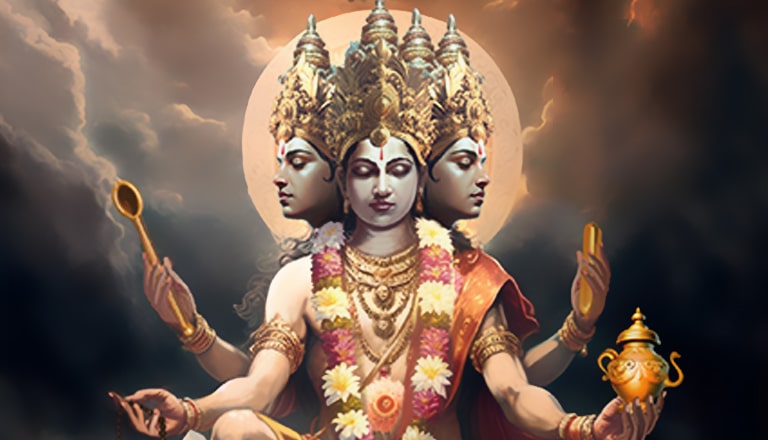
Vedic and Modern cosmology
The similarities between Vedic and modern cosmology do not seem accidental. Perhaps ideas of creation from nothing or alternating cycles of creation and destruction are hardwired in the human psyche. Certainly, Shiva’s percussive drumbeat suggests the sudden energetic impulse that could have propelled the big bang. If, the big bang is merely the prelude to the big crunch and the universe is caught in an infinite cycle of expansion and contraction, then ancient Indian cosmology is clearly cutting edge compared to the one-directional vision of the big bang.

Concept of karma
The concept of Kalpa is also closely related to the concept of karma in Hinduism. According to Hindu philosophy, karma is the law of cause and effect, where the actions of an individual in one lifetime will affect their future lives. The cyclical nature of Kalpas and the endless cycles of creation and destruction suggests that the consequences of one’s actions will continue in future lives.







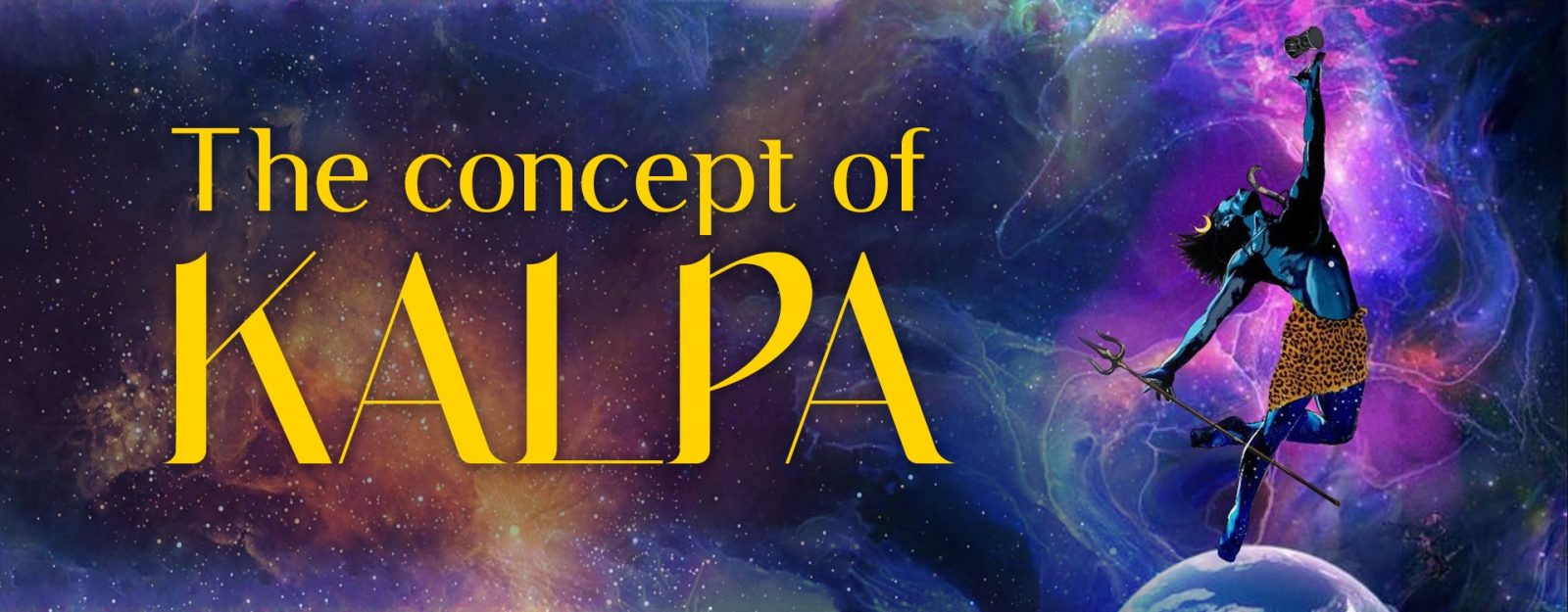



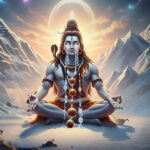
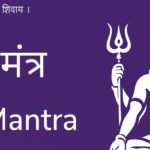
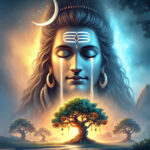
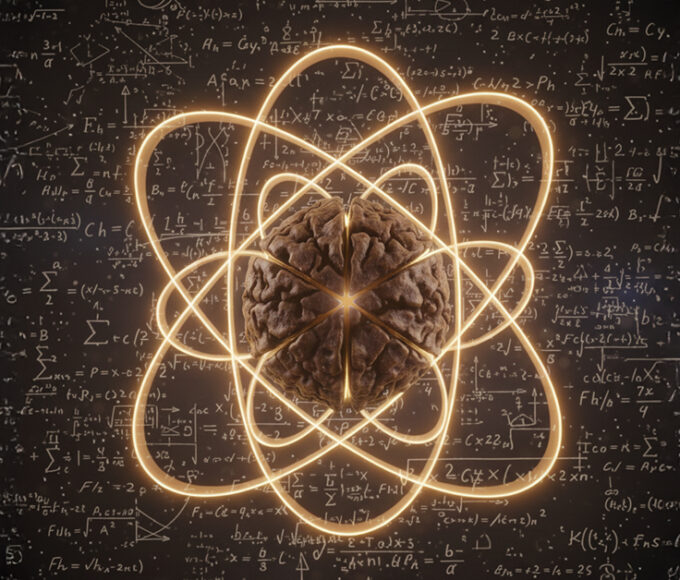

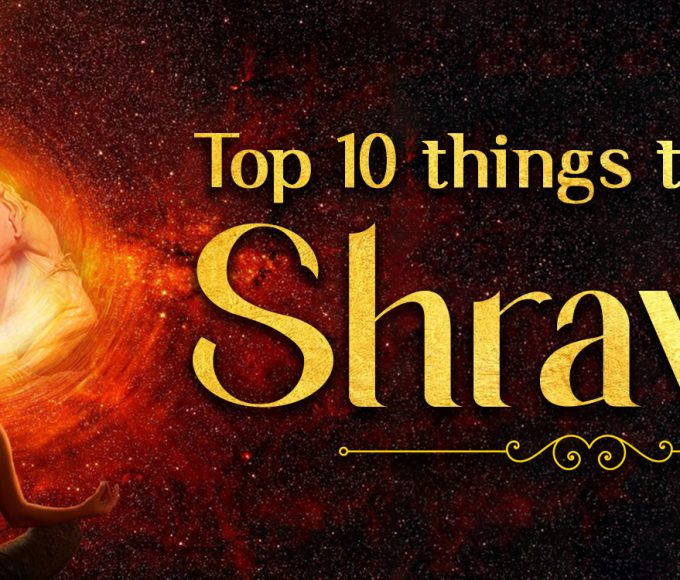

Leave a comment